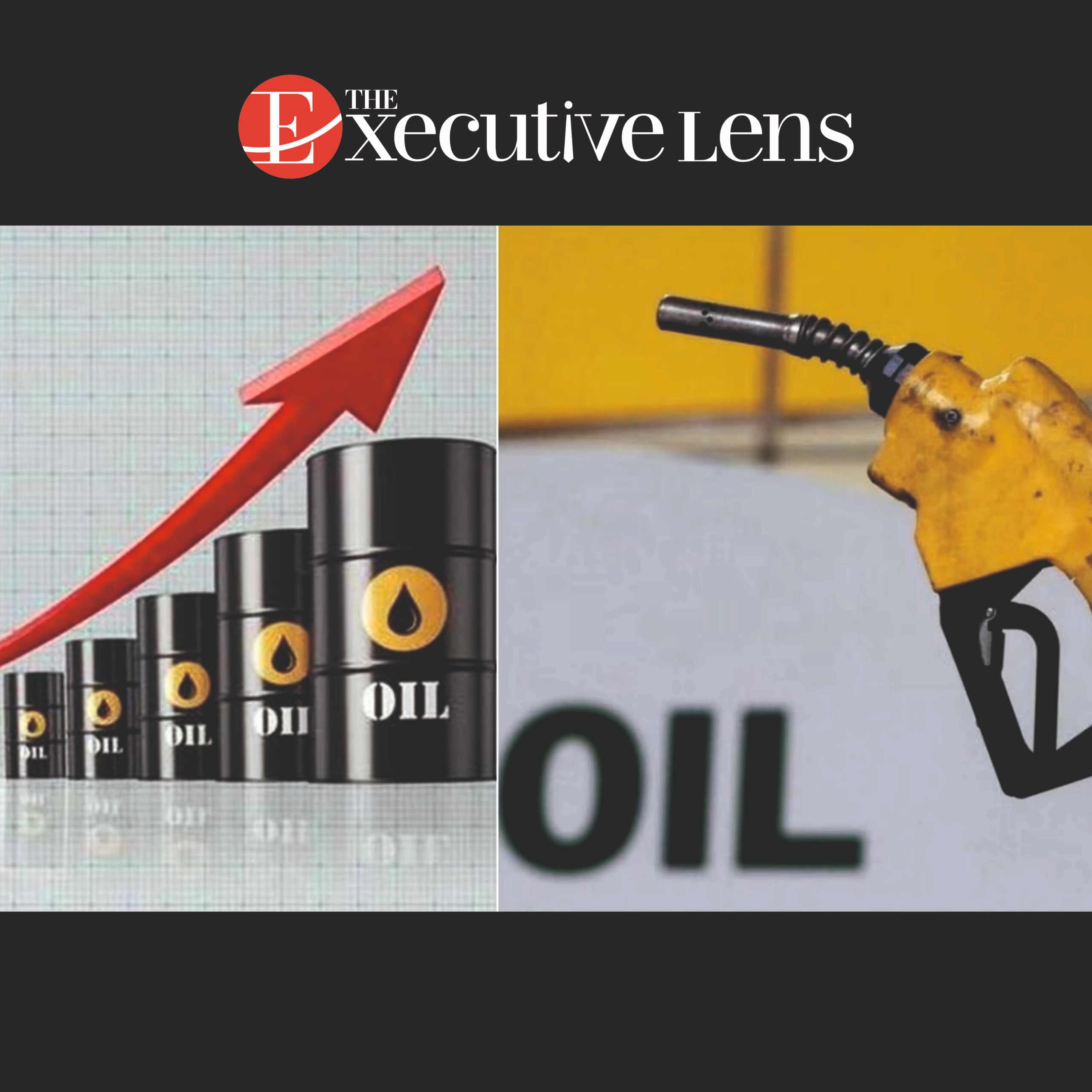It has been noted that the oil prices have dipped to the lowest level since January this year which has helped fuel marketing companies to book improved profits and is likely seen to be followed by a reduction in pump prices ahead of the state assembly elections in Maharashtra and Haryana, which were reported in the Times of India on September 5. Benchmark for Brent crude reduced to $ 73.6 on Wednesday, hovering close to the year’s record lows after falling 5% on Tuesday due to sanguine demand growth, especially in China.
Experts have been blaming several factors for the downturn in oil prices. The possibility of the return of Libyan supplies to the market, the Opec+ group gradually ending voluntary production cuts from October, and higher production from countries outside the group have all put downward pressure, calculated ToI’s report by Sanjay Dutt.
As oil prices continue to be one of the indicators that greatly affect the Indian economy, the developments are observed by industry gurus, the government, and the general public keenly. Whether the Modi government will take this opportunity to put pressure on another reduction in fuel prices will be seen in the coming days.
Indian Oil Cos now has a large operational room for maneuver.
The drop in oil prices since January has helped the marketing margins of fuel retailers, especially the state that dominates 90% of the market. This scenario the government used to make the three state-run oil companies of India — the Indian Oil Corporation (IOC), the Bharat Petroleum Corporation Ltd (BPCL), and the Hindustan Petroleum Corporation Ltd (HPCL) reduce the petrol and diesel prices by Rs 2 per liter on March 14, ahead of the general election.
Indian OMCs had equally posted significantly lower results when crude prices were firm and they could not possibly make a hike before the polls.
Still, after these slashes a Motilal Oswal Financial Services report in April estimated a gross marketing margin of over Rs 2 per liter for the month due to the Indian Basket of crude oil averaging $89. 4 per barrel. This margin is likely to have risen as, in September the Indian Basket averaged $76 and was priced $2-4 per barrel below Brent crude.
Oil companies are profitable, they gain their profits from two outlets. One is the refining where they have what is called the gross refining margin, which is the revenues generated by products at the refinery level less the cost of the crude. The other is through the retail pumps whereby they just sell the refined products and earn a margin on the same.
Petrol price was decontrolled in 2010 and was made to reflect the global market price and the same was done for diesel in 2014.
Therefore, the question is – Is there an Oil price cut shortly?
There is, however, some uncertainty about whether the government will opt for another decrease in pump prices because of fluctuations in the oil prices. Switzerland-based financial services company UBS recently came into the forecast that the oil market will continue to be under-supplied in the short range. Likewise, Goldman Sachs business firm has predicted that the prices of oil will range between $70 and $85 per barrel with accuracy.
But if prices cannot remain as low as they are now, then the government will still be in good stead if prices get fixed at around $85 per barrel. This would enable the government to ask state-owned retailers to refrain from increasing pump prices. This strategy has been labeled by the Oil Minister Hardeep Singh Puri as the “good corporate citizens” though, a practice that has been practiced for the last three years.
Puri goes on to state that “Govt will be comfortably placed even if the current low prices do not last long but level out at $85, which will give it the leeway to ask the state-run retailers to keep pump prices frozen ‘voluntarily’.


